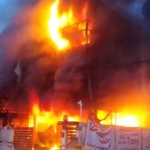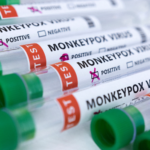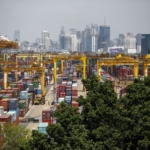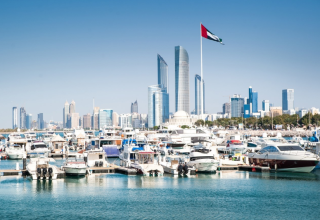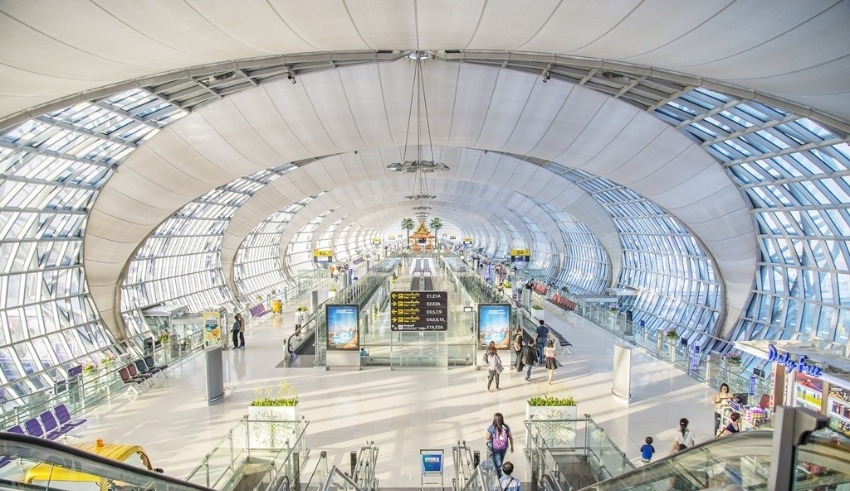
Air travel is experiencing a renaissance at the moment. Passenger flow at Changi Airport in Singapore is currently around 50 percent of what it was before the pandemic, whereas airports in Europe have already surpassed the 80 percent mark.
However, the airline industry is having trouble keeping up with rising demand, which can be seen at major airports across the world in the form of seemingly never-ending lines at check-in counters and complete mayhem at baggage claim. In order to maintain order at certain airports, notably London’s Heathrow, restrictions were placed on the number of passengers allowed to exit.
This pent-up urge for vengeance travel can be linked to vacationers trying to make up for wasted time by traveling sooner rather than later. Not only has it put a burden on the resources of the aviation industry, but also those of the hospitality industry and other allied service businesses.
Traveling for the purpose of exacting revenge not only causes problems for customers and businesses, but it also contributes to the overall warming of the globe. In 2020, COVID-19 forced the grounding of an unprecedented number of airplanes, which led to significant reductions in the amount of carbon emissions caused by flights.
According to the International Energy Agency (IEA), emissions from international aviation decreased by roughly 45 percent between 2019 and 2020, which is a decrease that is equivalent to removing 100 million automobiles off the road.
The past shows that the growth in travel that we are currently witnessing will be followed by a rise in the amount of carbon emissions. The Great Financial Crisis of 2008 resulted in a drop of up to seven percent in the emissions produced by air travel. However, as a result of the recovery of the economy in 2010, emissions increased by 6%, nullifying any progress that had been achieved toward improving the environment.
Related Posts
But at the same time that those of us who haven’t seen enough of the world are taking to the skies, people in Southeast Asia are becoming more environmentally sensitive. The number of people searching for information on sustainability on Google has climbed by 45 percent since 2019, while the number of people searching for information on greenhouse gas emissions has increased by 163 percent in Singapore and 156 percent in the Philippines.
Studies have shown that tourists are willing to pay more to travel in a more environmentally responsible manner. A survey that was conducted in 2021 and published in 2021 indicated that more than half of visitors to a small island off the coast of Indonesia were willing to pay an additional $7.50 per night to stay in hotels that were certified as environmentally friendly.
Traveling less on your vacation is a simple step you can take to reduce the amount of carbon dioxide emissions caused by your trip. When making travel plans, this would entail selecting locations that are geographically close to one another.
According to the carbon emissions calculator maintained by the International Civil Aviation Organization, a round flight from Singapore to London generates 933 kg of CO2 (carbon dioxide). This is about equivalent to an eighth of the annual carbon footprint left by the typical Singaporean.
In contrast, a round flight to Bangkok generates 183 kg of carbon dioxide emissions. Even while short-haul aircraft often have higher emissions per kilometer traveled compared to long-haul flights, the fact that they spend less time in the air means that they produce less carbon pollution overall.
How you fly can also affect the amount of emissions you produce. According to the data provided by the UK government, in comparison to a person traveling in economy class, a passenger traveling in business class produces three times more CO2 per kilometer traveled, and a passenger traveling in first class emits four times more CO2. Because upgraded seats require more room, they are responsible for a greater proportion of the aircraft’s overall emissions.
Saving money, time, and the effects of jet lag are additional advantages of taking weekend trips inside the region. If you are interested in going to a distant location, you might think about taking a longer vacation and traveling to a number of other cities using public transportation while you are there.
The manner in which you choose to travel is just as important as the places you see. Although comparing the emissions of various means of transportation is not an easy task due to factors such as the efficiency of the vehicles, the number of passengers carried, and the kinds of fuel used, in general, airplanes produce the most emissions while trains produce the fewest.
In 2019, it was stated by The Sunday Times that a flight from Singapore to Kuala Lumpur results in each passenger producing 62 kg of carbon dioxide emissions. If there are four people in a Toyota Prius, then each person contributes 10 kilograms of carbon dioxide emissions; if there are 30 people in a bus, then each passenger contributes the same amount.
At the other end of the scale, the traveler who takes the train to Kuala Lumpur releases only 0.8 kg of CO2 into the atmosphere. However, in order to get from Woodlands to KL Sentral, they would have to switch trains three times, which would bring the entire travel time to a maximum of eight hours.
Therefore, taking the train to Malaysia rather than flying could result in significant reductions in carbon emissions. It is encouraging to learn that Malaysia and Singapore are currently talking about the prospect of restarting the KL-Singapore High Speed Rail project, which was previously abandoned.
In the meantime, new modes of transportation in the region are becoming available in addition to roads and trains, such as the boat service that was just just established between Singapore and Desaru on July 7th. These other modes of transportation present their own opportunities for decarbonization, which may become a reality sooner rather than later as an increasing number of travelers become conscious of the carbon footprints they leave behind. Despite the fact that the maritime industry is also known to be a major polluter,
Due to the fact that we have not been able to travel for the past two years, it seems burdensome to place restrictions on ourselves or cause ourselves inconveniences in the name of sustainability. When a recent study exposes how much more celebrities contribute to the acceleration of global warming by travelling on private planes, we could even ask what the point of this whole thing is.
Because of this, the travel industry must also take the lead in decarbonizing the sector.
Several airlines now advise passengers of the emissions caused by their flights and encourage them to purchase carbon offsets, sometimes even covering a portion of the expense themselves. However, some people believe that purchasing carbon offsets is a type of greenwashing because it allows airlines to continue polluting without actually making any effort to decarbonize their operations.
The use of sustainable aviation fuel (SAF), a biofuel that is cleaner than traditional jet fuel, is one of the most viable approaches to reduce the emissions that are produced by airplanes. Several airlines, including ANA and Cathay Pacific, have set a goal of incorporating 10 percent sustainable aviation fuel (SAF) into their fleets by the year 2030. Singapore Airlines and Scoot will provide customers with the option to buy SAF credits, the proceeds of which will go toward supporting the adoption and development of sustainable aviation fuel.
There is most definitely room for improvement. Once upon a time, observers speculated that the pandemic would result in the retirement of fuel-inefficient airplanes. However, cash-strapped airlines may postpone the decision today while demand for flying is still at its highest point.
